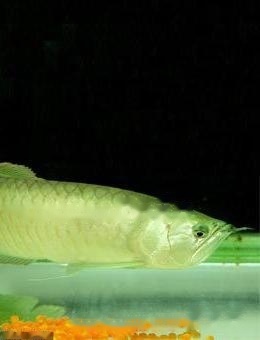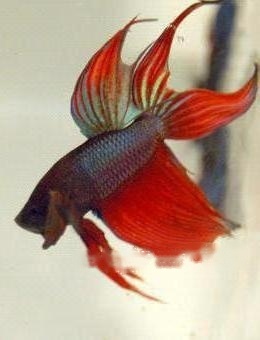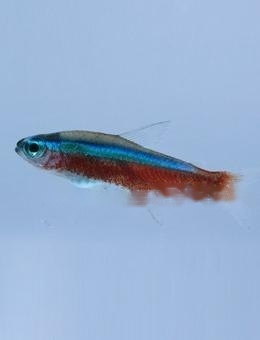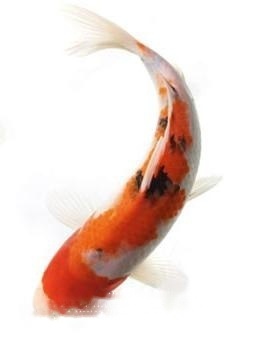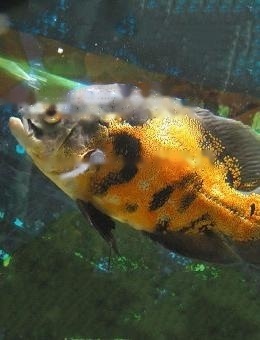BettaHistory
With the influence of different cultural atmospheres of human beings, the development of Betta has two completely different stages. . As early as the 18th century, residents of Thailand, Malaysia, Indonesia, Sumatra and other countries found traces of fighting fish in ponds, swamps and other waters scattered with dead leaves. The wild betta fish do not have bright and colorful appearance, but their inherent brave and aggressive personality has attracted great interest from local residents. After hard fishing and hunting, two male betta fish were placed in the same vessel and watched as they stretched their fins, turned out their gill covers, shook their bodies, launched attacks, and waited for an opportunity to bite each other. People's heartstrings, watching betta fighting has not only become a way of leisure and entertainment for local residents, but has gradually evolved from a recreational game to a gambling behavior, and this very interesting activity has also given these *fishing and hunting for a living. Residents have endowed great wealth, and high stakes have become one of the economic sources that local residents are competing for. Gradually with the spread and development of Douyu competition, this activity gradually began to become popular in all social strata, from ordinary people to the ruling class, Douyu became the favorite of all people in Southeast Asian countries, and its development also reached the first A peak; it was not until the middle and late 18th century that this activity spread to the West, and then it was widely favored by European enthusiasts. For Europeans who paid attention to aesthetic taste, they focused more on researching and cultivating the changing fin and shape of betta fish. Bright red body color. From then on, Douyu began to change the fate of fighting duels, changing the way of cultivation that is often oriented towards strong physique and combat effectiveness, and entered a new stage of development. After people's unremitting efforts, the display-type betta came into being. They have changed from the gray and dark tones of the past, bright and eye-catching body color, and various fin shapes, making them a fish species with high ornamental value, and also become ornamental fish lovers. My favorite new warrior.
Origin of Betta
These four different natural types of Chinese Betta also have their main distribution areas, and two types overlap place of distribution.
The round-tailed betta is mainly distributed in the north of the Yangtze River in China, and its traces can be found in Heilongjiang and Xinjiang in the north. imported from the mainland). The red and blue fork-tailed betta are mainly distributed in the south of the Yangtze River in China, and the southernmost reaches the central region of Vietnam on the Indo-China Peninsula. Therefore, the Yangtze River Basin, as the natural boundary between the round-tailed betta and the red and blue fork-tailed betta, is actually the overlapping distribution area of these two bettas. Although some people have found traces of round-tailed betta fish in the Pearl River Basin, there is still suspense whether it is natural distribution or artificial introduction.
The distribution area of Hong Kong black fork-tailed betta fish is centered on the Pearl River Delta in Guangdong Province, eastward to the western part of Fujian, northward to southern Jiangxi, and westward to Qinzhou and Fang in the south of Guangxi Zhuang Autonomous Region. In the city and Shangsi area, traces of it have been found. Hong Kong black forktail betta was first collected by Hong Kong ichthyologist Lin Zhao in the early 1980s in Hong Kong. At that time, he believed that Hong Kong black and Yuehei were the same species. Hongkong betta was first officially named after the Latin name of Macropodus Hongkongensis, which was first used by German ichthyologists Freyhof and Herder in their article in 2002 (Freyhof, J & Herder, F 2002). The vast majority of Hong Kong and Heilongjiang live in relatively closed mountain streams and streams. Because of the different and relatively closed habitats, many local phenotypes with obvious differences have been differentiated. The southern part of the distribution area of Hong Kong Heilongjiang is the distribution area of Pucha, but Hongkong Hei mainly breeds in mountain streams, while Pucha mainly lives in paddy fields and streams, and they show complementary natural habitats in the same area. state.
The Vietnamese black fork-tailed betta, as the name suggests, is mainly distributed in Vietnam, from southern Vietnam to northern Vietnam; Debao, Jingxi, Dawei and Dabao in the southwest of Guangxi Zhuang Autonomous Region bordering Vietnam. Xin and other karst plateaus and plateaus have also found darker traces in the past two years. They show the unique characteristics of the more black local type in phenotype, so Chinese fighting fish players also give them a unique regional strain name - "Zhuangjia Heicha" (referred to as "Zhuanghei"). The discovery of the black fork of the Zhuang family confirmed for the first time that Yuehei is also distributed in China. Therefore, the four types of fighting fish of the genus Macropodus are called "Chinese fighting fish", which is worthy of the name.
The distribution area of the black fork of the Zhuang family is also the representative of a fine strain among the red and blue fork-tailed betta fish, the distribution area of the "Zhuang family fork". The coincidence of their distribution in the wild also seems to make There was a genetic intersection between them in ancient times. Therefore, it seems that some characteristics of Zhuangjiacha also can be seen in Zhuangjiaheicha, such as showing different characteristics from Vietnam's blacktail betta in other places in its juvenile, such as fuzzy blue spots on the gill cover, There are shallower head lines and even body lines; similarly, the body of Zhuangjiacha also shows some unique characteristics that are biased towards the phenotype of Zhuangjia black fork, which is obviously different from the red and blue fork-tailed bettas in other regions. It is characterized by a slender body, a wide tail, and a cool body color.
